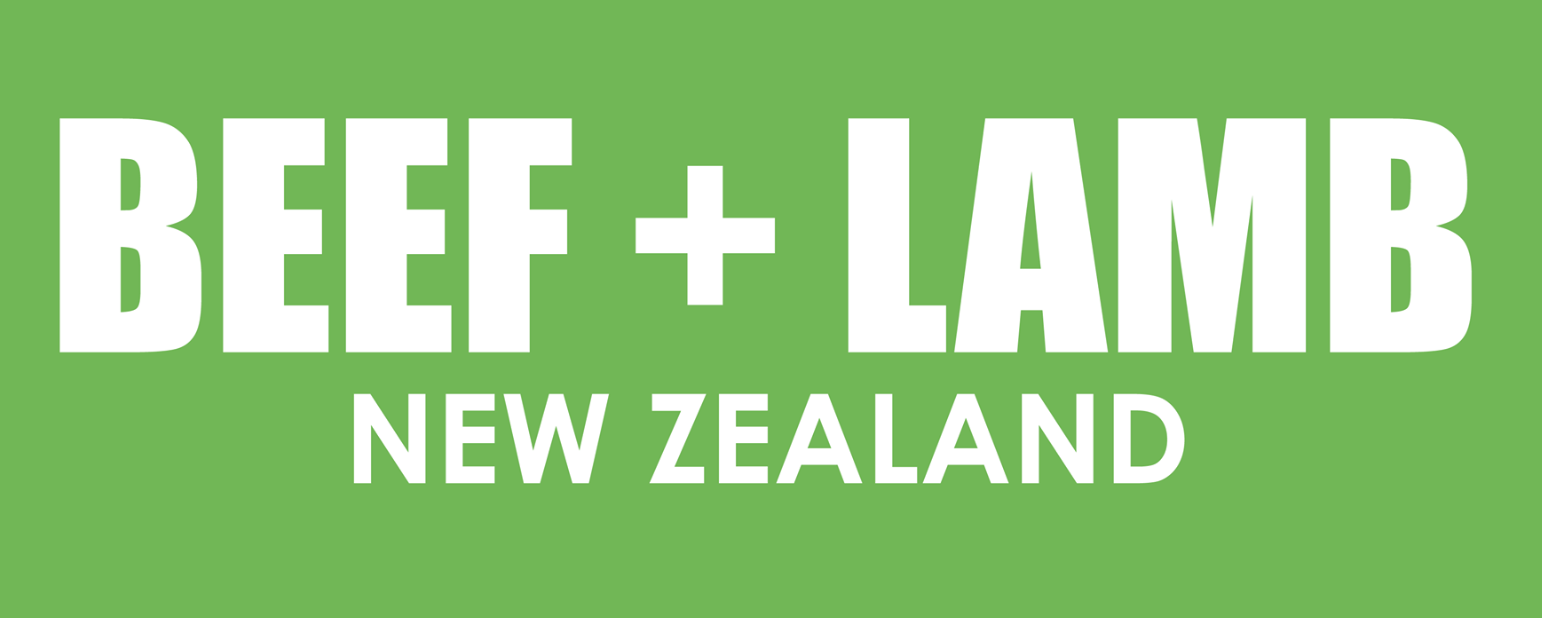Who invented the slow cooker?
The slow cooker is a beloved kitchen appliance that transforms tough cuts of meat into tender goodness. Its story begins in the early 20th century with a man named Irving Nachumsohn, later known as Irving Naxon. Inspired by his Jewish heritage, Naxon wanted to create a device that could replicate the slow-cooked stews his mother made in her home country of Lithuania; these stews, called cholent, were traditionally prepared before the Sabbath and left to cook slowly overnight. This slow, long cooking ensured a hot meal without violating religious restrictions against cooking on the Sabbath; cooking is considered ‘work’ and you can’t work on the Sabbath.
In 1936, Naxon applied for a patent for his invention, which he called the "Naxon Beanery All-Purpose Cooker." His early prototype was a simple but effective design: a heated base unit with a removable pot that allowed for slow, even cooking. Naxon received his patent in 1940, and by the 1950s, his company, the Naxon Utilities Corporation of Chicago, was producing and selling slow cookers.
Fast forward to the early 1970s when the appliance giant Rival acquired Naxon's. Recognising the potential of his nifty device, they rebranded it as the "Crock-Pot" in 1971 and began marketing to busy households. The timing was perfect. The 1970s saw a surge of women entering the workforce, and the Crock-Pot offered a convenient solution for preparing home-cooked meals despite busy schedules. The ability to prepare a meal in the morning and have it ready by dinnertime with minimal effort resonated deeply with consumers.
The Crock-Pot's popularity took off in the 1970s and 1980s. Rival expanded the line to include different sizes and models, and other manufacturers soon entered the slow-cooker fray with their own versions of the slow cooker. The device became synonymous with easy, hands-off cooking, allowing even novice cooks to create delicious, hearty meals.
The slow cooker's appeal wasn't just limited to its convenience. It also promoted economical cooking by making the best use of inexpensive, tougher cuts of meat, which, when slow-cooked, turn tender and flavoursome. Over the years, the slow cooker has seen various innovations. Now there are slow-cookers with fully digi controls, programmable settings, and multi-functionality like the ability to switch to pressure cooking to air-frying, for example.
Proudly partnering with Beef + Lamb New Zealand. For more beef and lamb recipes click here.







